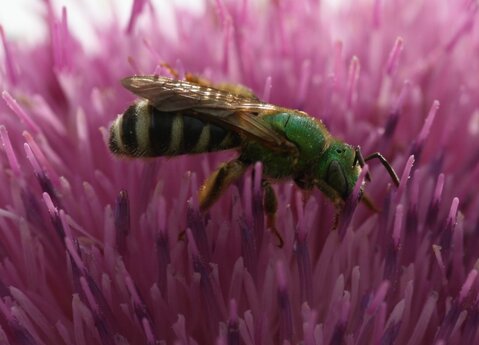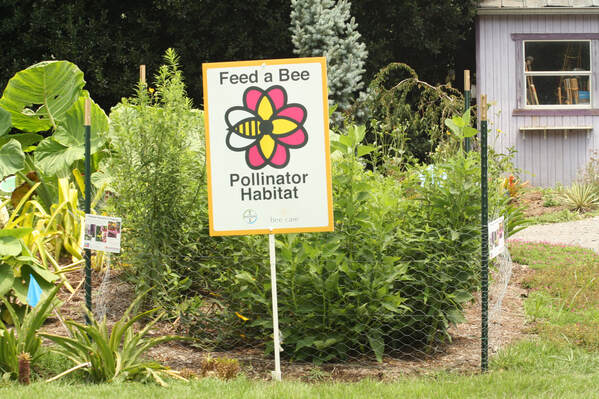|
Dr. Russo is currently an Assistant Professor at the University of Tennessee, in Knoxville, in the Ecology and Evolutionary Biology Department. Members of the Russo lab are interested broadly on the structure, management, and function of mutualistic interactions in a variety of systems. We use both empirical and theoretical methods to develop and test hypotheses on the structure of interactions in ecological communities. Within this broad scope, we have a few major themes:
|
Pollinator conservation and health
One major driver of declines in pollinator populations is thought to be loss of habitat, including floral resources, leading to inadequate nutrition. Research has shown that the quality and quantity of floral resources available to nesting bees can have serious implications for their long-term health and survival. We have studied the role of pollen nutrition in the relative attractiveness of different plant species (Russo et al, 2019, Russo et al 2023) and shown that pollinators can change their foraging behavior according to plant health (Russo et al, 2017). We also know that the quality of floral resources (such as pollen) can change in response to stressors such as climate change (Russo et al, 2020). Next we are trying to determine how sensitive pollinating insects are to changes in plant health in response to agrochemical runoff (Russo et al, 2020, Russo et al 2023) and whether nutritional profiles of different plant families affect the diversity and abundance of wild pollinator communities.
Mutually beneficial outcomes for agriculture and conservation
Many of our projects evaluate the potential for agricultural land managers to take actions that benefit conservation, but still provide value to the farmer. One good example of this is in agricultural pollination. There is substantial research supporting the idea that having an abundant and diverse wild bee community has significant benefits for crops that depend on insect vectors for pollination. Land managers that take steps to promote bee diversity can benefit from the services they provide. For example, orchard managers in New York can save money by not renting honeybee hives for pollination services, and instead providing sufficient habitat to promote wild bee diversity and abundance (Russo et al 2017). Apple orchards provide quality floral resources for bees (Russo et al 2017) and support a high diversity of bee species (Russo et al 2015).

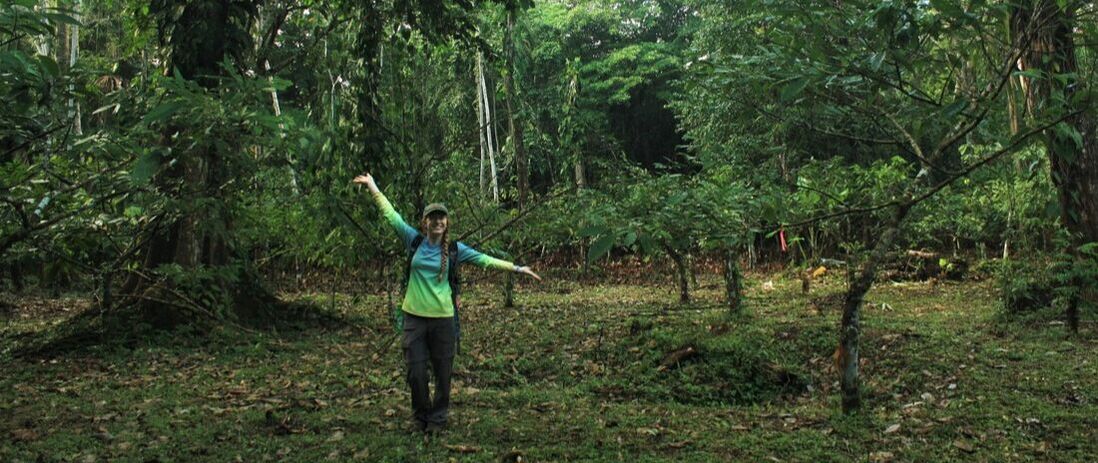
Impacts of species addition on plant-pollinator mutualisms
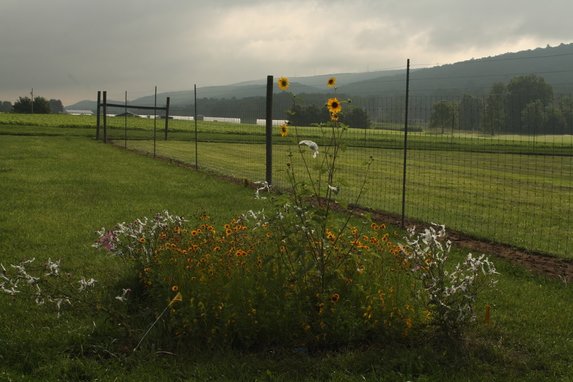
We have tested the impacts of adding novel species to resident communities of mutualists with both theoretical and empirical methods. We first developed a theoretical framework for testing how a novel mutualist changes network structure (Russo et al, 2014). This study showed that some aspects of the network structure remain constant despite the addition of a new species, while others change in response to this addition. We have also tested this idea empirically by experimentally adding an invasive plant species to a community of plants (Russo et al, 2019, Russo et al, 2016). Much of the impact of these non-native species may be due to the fact that they are highly attractive supergeneralists (Russo et al, 2019).
Experimentally manipulating network structure
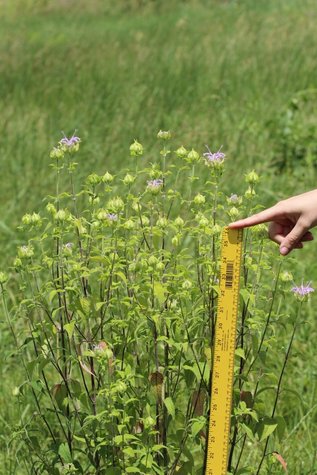
Ecological networks have been shown to have highly conserved properties in a range of different systems. Though there is a wealth of interesting observational work on the structure of these networks, experiments attempting to determine the mechanisms driving the structure of networks of interactions are more difficult to find. Much of our work is an attempt to deliberately manipulate network structures in a mechanistic and quantitative way. For example, we have shown that it is possible to deliberately increase network connectance (Russo et al, 2016) and we are currently working on an experiment to determine whether we can cause the opposite effect, to deliberately decrease network connectance.
Changing the number of species (via species addition or deletion) or the identity of the species participating in the network are other ways in which we test theories on the direct manipulation of network structure (Russo et al, 2019).
Changing the number of species (via species addition or deletion) or the identity of the species participating in the network are other ways in which we test theories on the direct manipulation of network structure (Russo et al, 2019).
